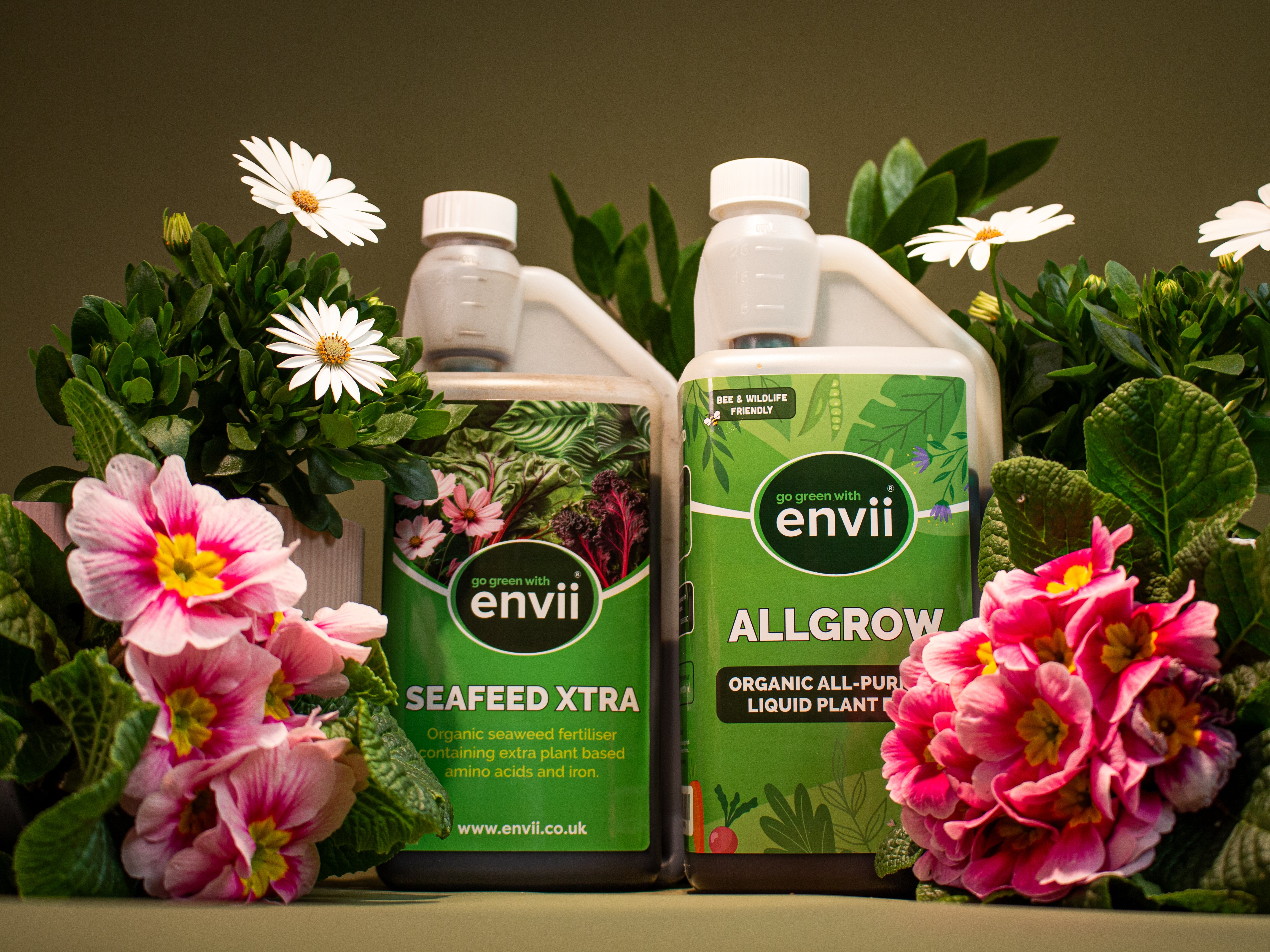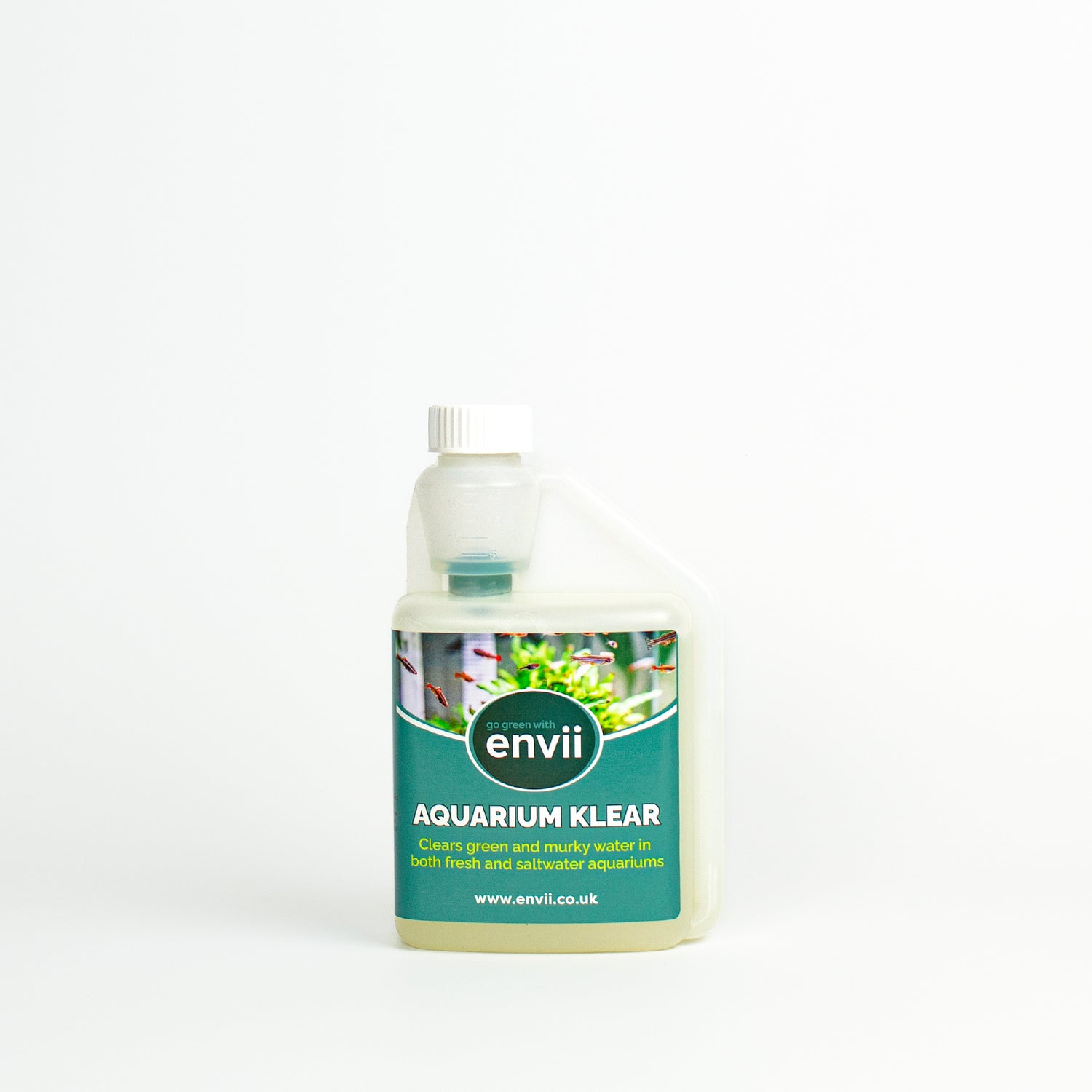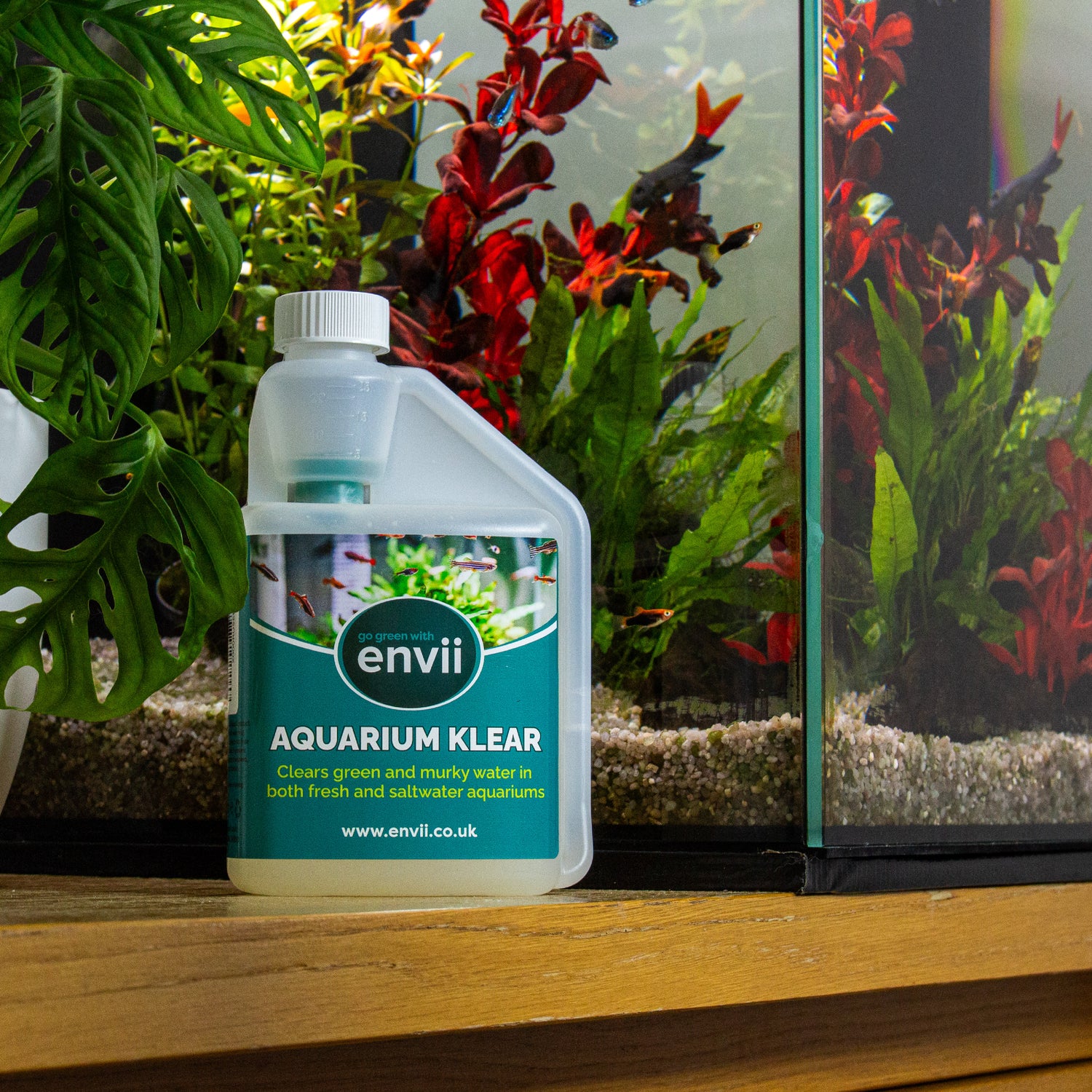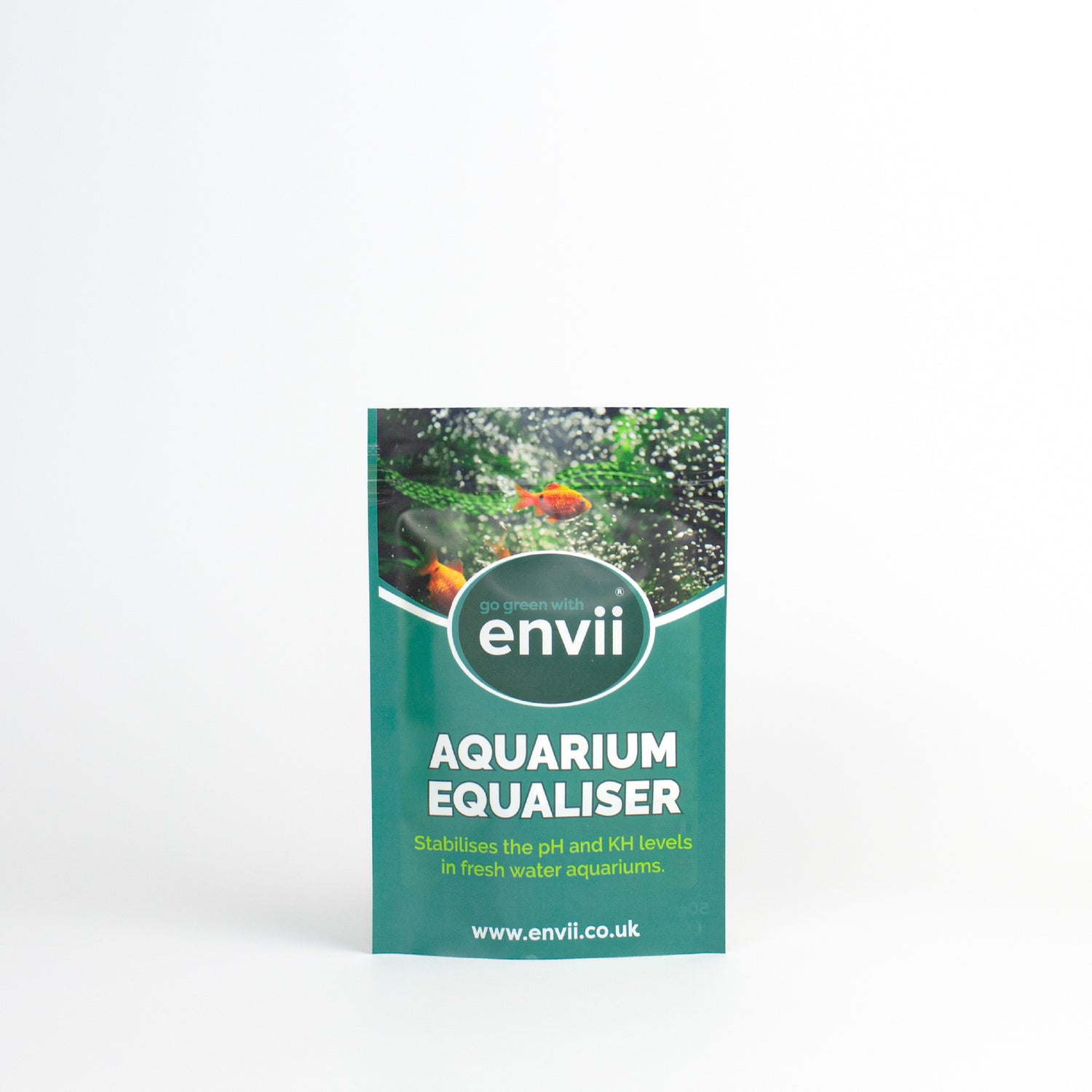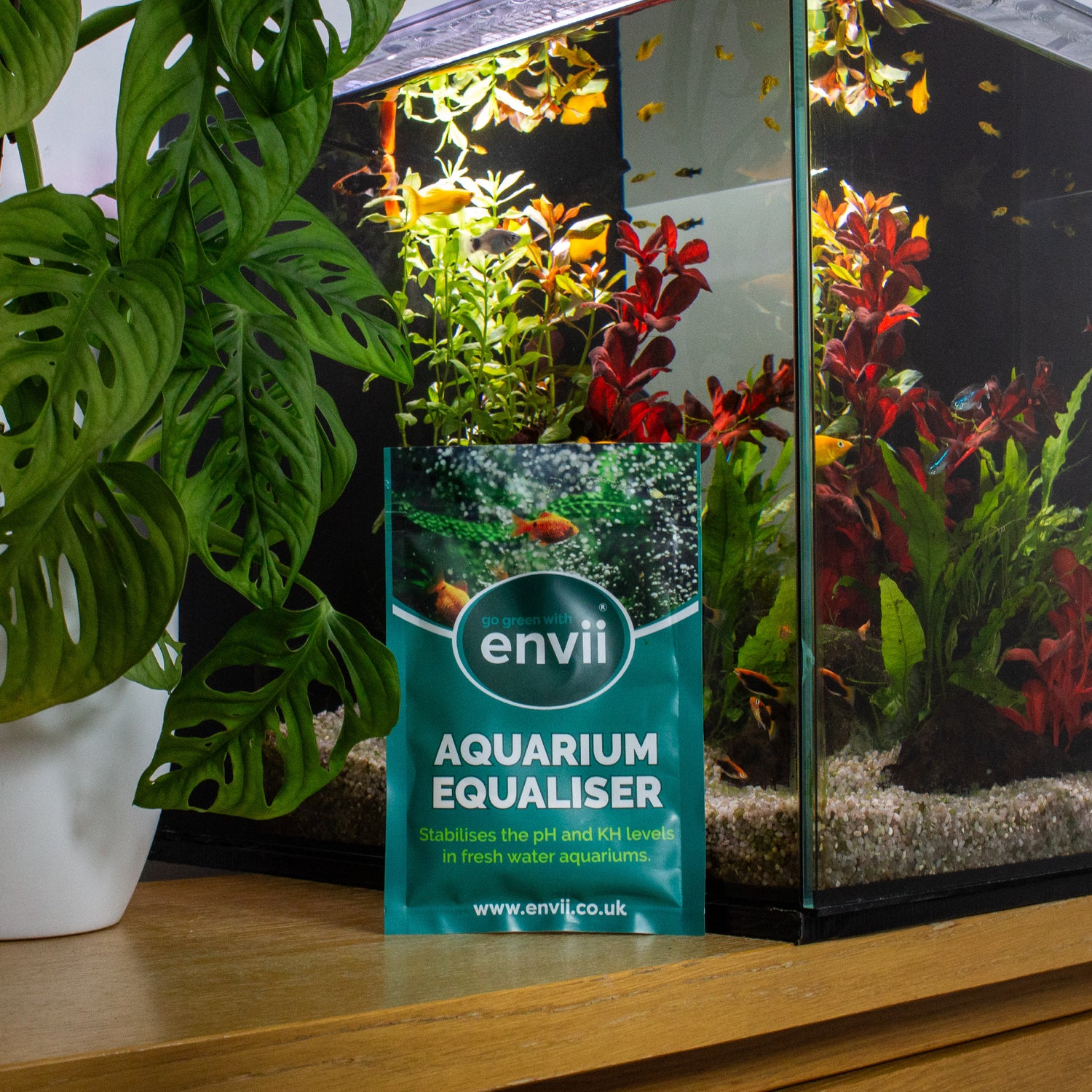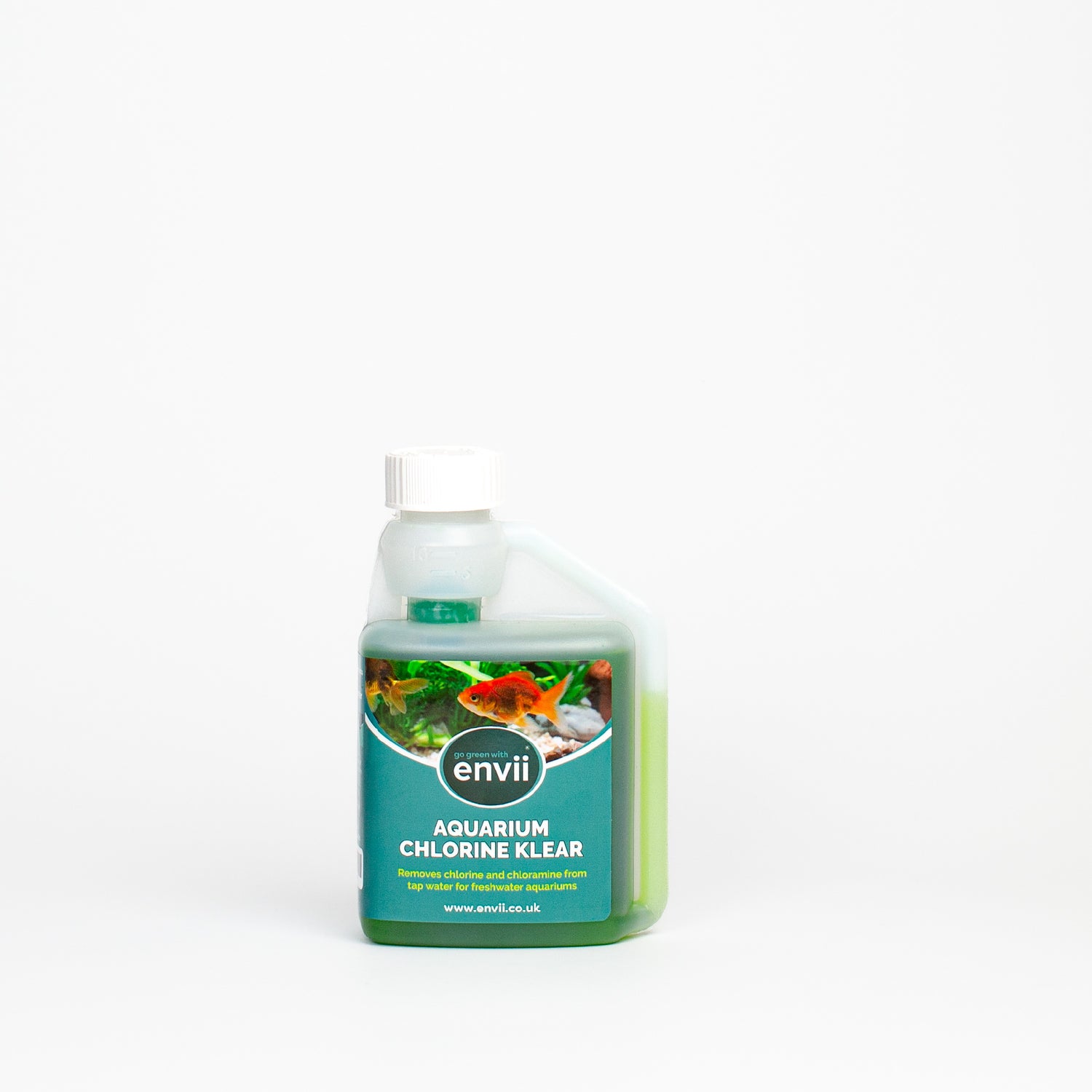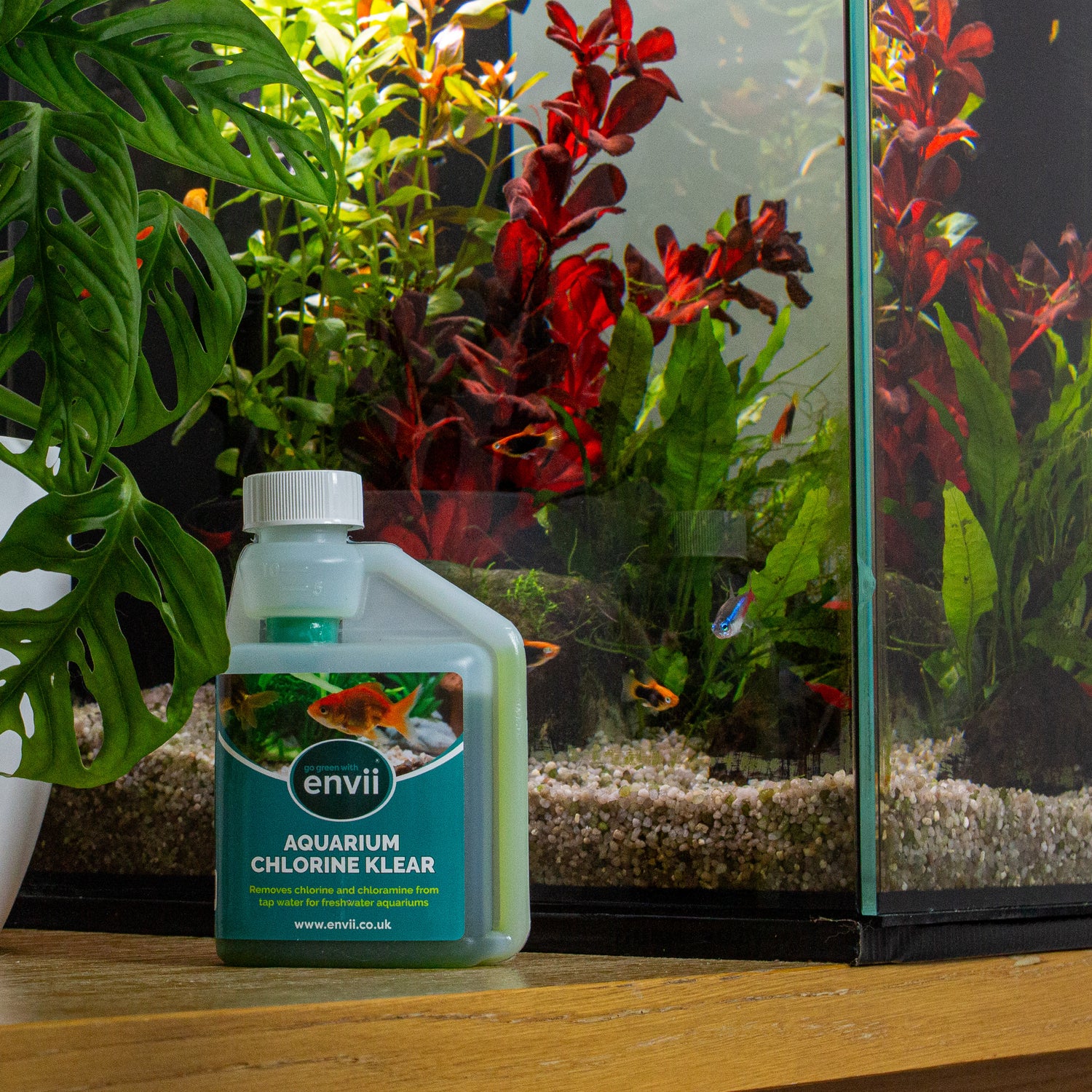There’s nothing more disheartening than looking at your beautiful aquarium, only to find that it’s turned into a murky, mysterious soup. One day it’s crystal clear, the next it’s cloudy, milky, or even green. Don’t panic! Cloudy water is one of the most common issues aquarium owners face, and it usually has a simple explanation (and an even simpler fix).
Whether you’re a first-time fish keeper or a seasoned aquarist, understanding what’s happening in your tank is the key to keeping it clear, balanced, and beautiful. Here, we’ll dive into the main causes behind cloudy aquarium water and show you how to clear things up quickly and safely.
There are a few common causes of cloudy aquarium water. Being common, means that there are solutions. Below, we’ll look at each cause and how to fix it.
Common Causes of Cloudy Water and How To Fix Them
Bacterial Bloom
The most common cause of cloudy aquarium water is a sudden dense population, known as a “bloom”, of heterotrophic bacteria that rapidly multiply to consume new organic waste. This bloom is more common in new aquariums as there will often be an excess of new, organic material and not enough established beneficial bacteria to process it. It can also be caused by excess nutrients in the water from overfeeding existing fish, or from a large addition of fish to the tank. You can also create this bloom by disrupting the water too often, such as over cleaning and removing the beneficial bacteria present in the water.
How Do I Fix Bacterial Bloom?
The most important thing to do, is nothing. Changing the water or adding things to the water could add more nutrients or kill bacteria, prolonging the bloom. Instead, ensure your filter or air pump provides good oxygenation, as the bloom can reduce the oxygen in the water. The bloom will naturally clear up in one to two weeks as the beneficial bacteria grows and starves the heterophobic bacteria - bacteria which gets it’s energy and nutrients from consuming pre-formed organic compounds from their environment.

Overfeeding:
Overfeeding a fish tank leads to poor water quality by creating excess waste and uneaten food. The nutrients from the uneaten food are released into the water, causing a bacterial bloom or excessive algae growth and a foul odour to go with it. The left-over bits of food can get stuck in the filter or air pump; this will reduce the oxygen levels in the tank and can cause bacterial bloom. Not only can excess food cause cloudy water, it also releases ammonia, a toxin harmful to fish. This can cause ammonia spikes, suppress beneficial bacteria, deplete oxygen, and lead to health problems like fin rot and bloat.
How Do I Prevent Overfeeding?
Only provide as much food as your fish can eat in 30 seconds – 1 minutes. Watch your fish eat the food and gauge when they are full and leaving food and adjust the amount you are feeding them accordingly. By monitoring your water parameters and regularly testing for ammonia and nitrates, you can ensure the filtration system is not clogged or overwhelmed.
Try using the beneficial bacteria in Aquarium Klear which bind together suspended algae particles and organic matter, making it easier for your filtration system to work efficiently and prevent green, cloudy water. These bacteria also break down organic waste, improving oxygen levels and reducing toxins, which helps prevent fish stress and protects their gills and organs.
Aquarium Equaliser also eliminates harmful ammonia and toxic heavy metals like lead, nickel, and cobalt, ensuring your water is free from contaminants that can harm your fish.

New Tank Syndrome
New tank syndrome (NTS) in an aquarium occurs when the biological filter is not mature enough to process toxic ammonia and nitrite waste. This means, there isn’t yet enough beneficial bacteria in the water to break down the harmful toxins and fish waste. The process of establishing beneficial bacteria can take several weeks to a couple of months. Introducing too many fish at once or overfeeding in a new tank can cause an increase in the waste and toxins in the water. It is a temporary but dangerous condition in a new aquarium setup that can be avoided by establishing the biological filter through a process called aquarium cycling before adding a significant number of fish. Aquarium cycling is a process in which you set up a tank without fish, to establish the beneficial bacteria, before introducing fish.
How Do I Prevent or Solve New Tank Syndrome?
New Tank Syndrome can be avoided by establishing the biological filter through a process called aquarium cycling before adding a significant number of fish. Aquarium cycling is a process in which you set up a tank without fish, to establish the beneficial bacteria, before introducing fish. You install the filtration system, substrate and any plants, then introduce an ammonia source such as liquid ammonia or decaying fish food. This source of ammonia will feed the bacteria that you need to grow in the water. You could also transfer the filter media from an established, healthy aquarium to the new one to provide a starter colony for the bacteria.
Over several weeks to a couple of months, the bacteria colonies will develop on the filter, gravel and sides of the tank. Monitor the water parameters, using test strips to check for ammonia, nitrite and nitrate levels. Once ammonia and nitrite levels are consistently zero, it is safe to add a few fish.
Ensure your aquarium water is balanced and safe with Aquarium Equaliser, a powerful blend of minerals designed to stabilize key water parameters for freshwater fish and eliminating harmful ammonia and toxic heavy metals like lead, nickel, and cobalt.
Poor Filtration
Poor filtration leads to cloudy water by failing to remove particulate matter or support enough beneficial bacteria. The filter might be too small, or the media isn’t fine enough to catch debris. As well as this, the filter might be clogged or dirty or may just be the wrong type to catch smaller particles. The poor filtration can lead to a build-up of nutrients or decaying organic matter in the water and cause bacterial bloom or New Tank Syndrome.
How Do Improve Filtration?
Upgrading to a larger or more powerful filter or add more fine filter media to enhance mechanical filtration. If you notice the filter is dirty or clogged, you can clean the filter media in old tank water to remove debris without killing the beneficial bacteria.
Conduct regular partial water changes of 25% of more, to dilute ammonia and nitrite and to remove waste.
Avoid overfeeding fish and remove any uneaten food to prevent it decaying in the water.
Ensure you don’t have too many fish for your tank as this increases the biological load and waste.
The beneficial bacteria in Aquarium Klear bind together algae particles and organic matter, making it easier for your filtration system to work efficiently and prevent green, cloudy water. These bacteria also break down organic waste, improving oxygen levels and reducing toxins.

Dusty Substrate
A "dusty substrate" in a new aquarium indicates fine particles of rock or soil were not thoroughly rinsed and can cause cloudy water. If the dust is in an established tank, it is usually mulm, which is decaying plant and animal waste, uneaten food, or other organic debris. While some mulm is beneficial for plants and microorganisms, excessive amounts can be a problem.
How Can I Avoid Dusty Substrate?
Before adding the gravel or sand to the new tank, rinse it in a bucket with a hose until the water runs clear. When adding the substrate and filling tank, pour water gently through your hand, rather than directly on to the gravel; this will avoid stirring up the dust. It should settle in a few days with the filter working.
If it’s mulm in an established tank is excessive and causing cloudy water, you may need to adjust your feeding habits or improve your tank maintenance. If this doesn’t improve, you can scoop out all the sand or gravel and rinse and replace, as if you were starting a new tank.
Excess Nutrients
Excess nutrients in a fish tank, typically nitrates and phosphates, lead to poor water quality and fuel algae growth, often appearing as green, brown, or cloudy water.
Having too many fish in a tank will produce more waste than the tank’s biological filter can handle. Decomposition of organic matter depletes the oxygen levels In the water which can cause algae and bacterial bloom, as well as illness in fish.
Overfeeding your existing fish can also release nutrients into the water from the uneaten food that decomposes in the water.
Poor filtration can also allow nutrient-rich debris to accumulate in the water, so don’t skip filter maintenance!
Solutions for Excess Nutrients
Avoid overfeeding your fish, as the uneaten food will decompose in the water and release unwanted nutrients.
Cleaning your filter media can prevent the build-up of waste or physically scraping algae from the tank’s surfaces can remove nutrients from the water.
Introducing fast growing plants can also help to absorb excess nutrients and outcompete the algae.

Algae Bloom
An algae bloom, similar to bacterial bloom, is a rapid or sudden increase in algae in your tank. Excessive nutrients can cause algae to bloom, turning the water green and cloudy. The excess nutrients can come from too many fish, uneaten food, infrequent water changes or a new tank’s initial imbalance of ammonia. Prolonged exposure to artificial tank lights or direct sunlight can also trigger rapid algae growth. If your tank doesn’t have enough plants to absorb some of the nutrients or light, then the algae will take it all and continue to grow.
How Do I Fix Algae Bloom?
By controlling the nutrients in the water, you’re going to reduce the chances of having an algae bloom occur. Perform regular partial water changes of at least 25% and reduce the amount of excess food being fed to your fish that is going uneaten, either by feeding them less or by removing it within a couple of minutes.
Improve the filtration in your tank by ensuring that the filter is properly sized for your tank and is not clogged or dirty.
Adding healthy live plants will compete with algae for the nutrients and light, keeping the algae in check.
Test water regularly for phosphates and silicates and adjust accordingly.
Try our Aquarium Klear which will bind together algae particles and organic matter, making it easier for your filtration system to work efficiently and prevent green, cloudy water. The beneficial bacteria it contains will also break down organic waste, improving oxygen levels and reducing toxins.
Cloudy aquarium water is a common issue that can make even the most beautiful tank look dull, but it’s usually easy to fix once you know the cause. By maintaining proper feeding, filtration, and regular water testing, you can keep your aquarium water crystal clear, healthy, and beautiful for your fish.
